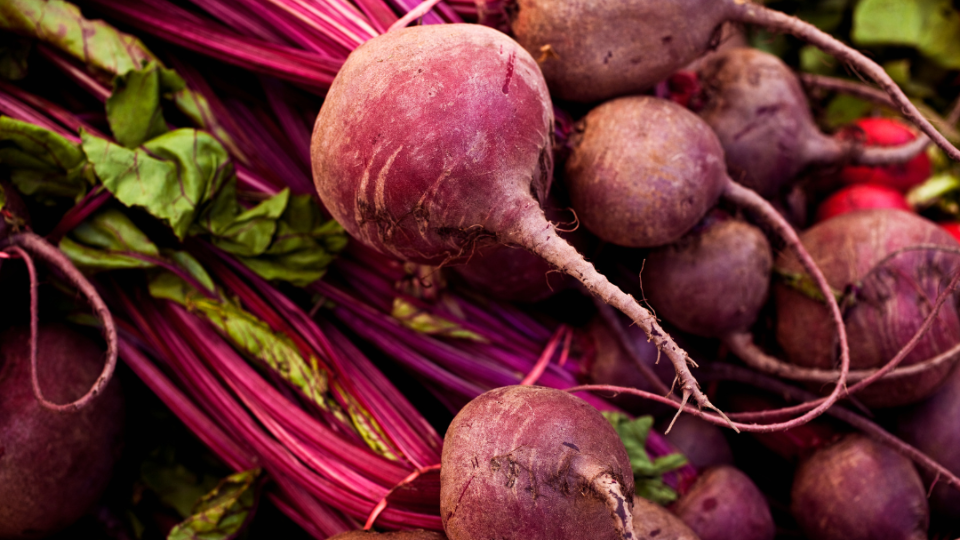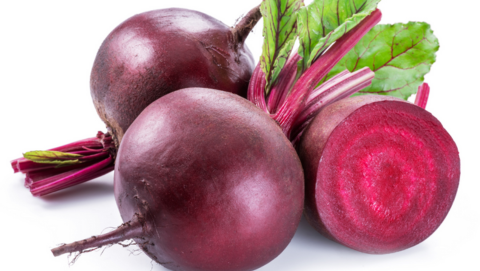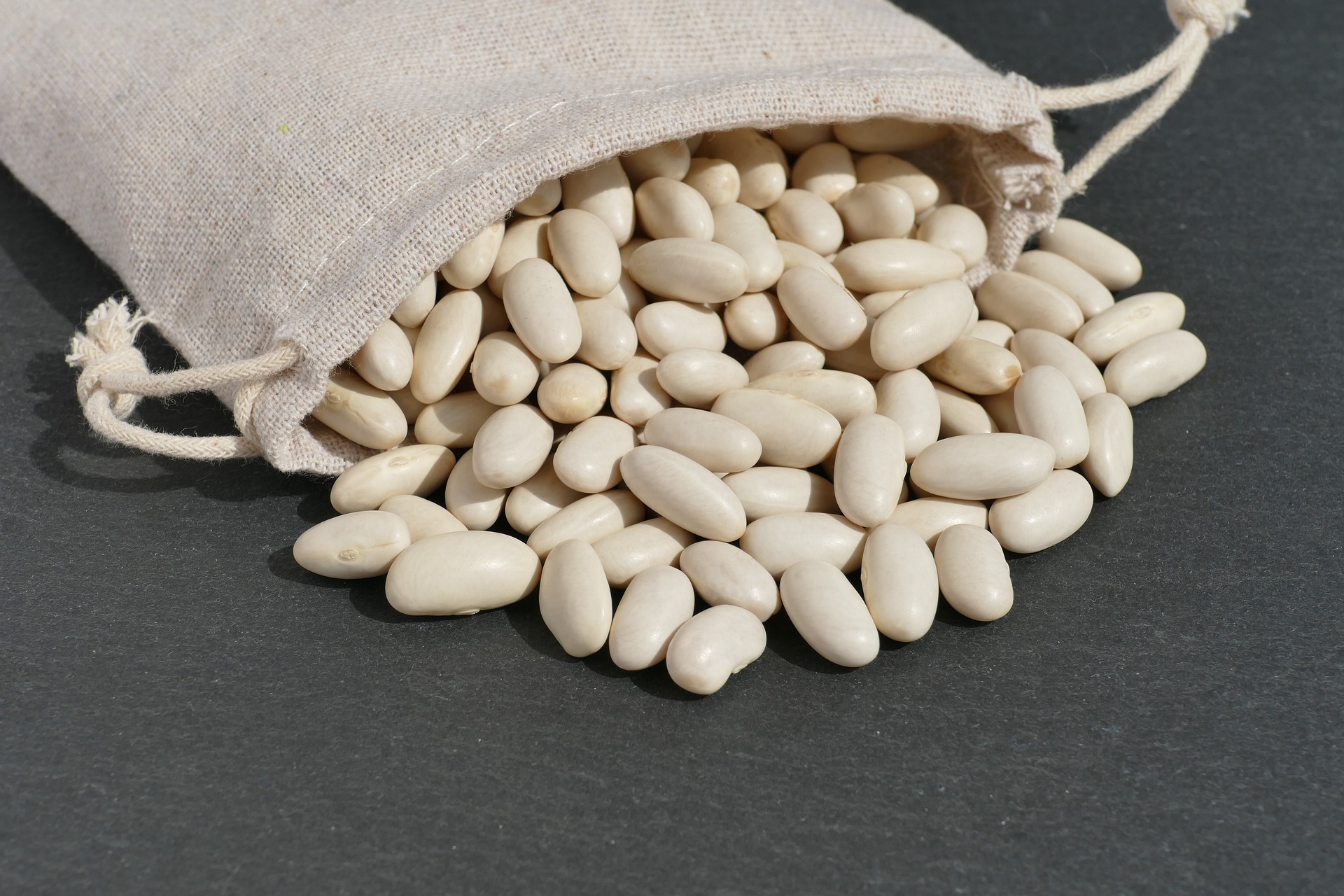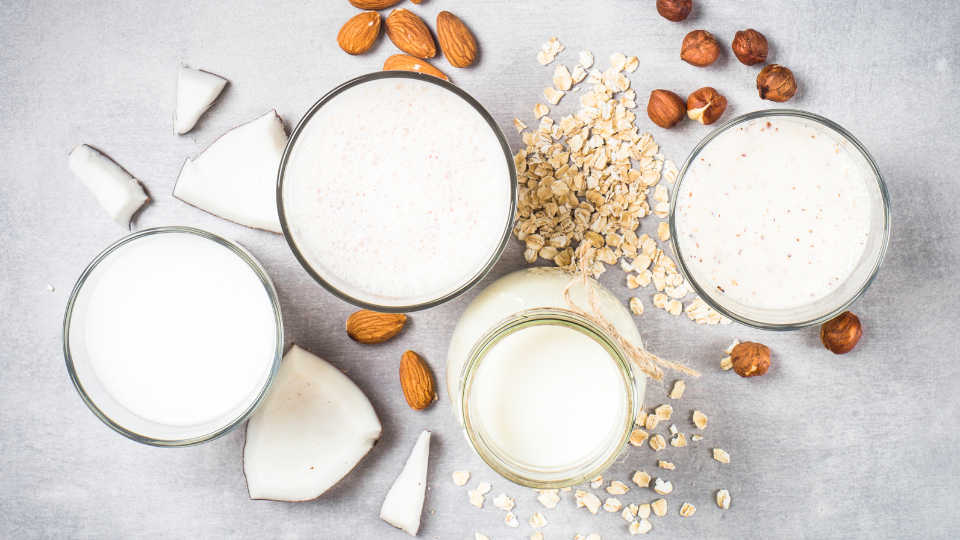Fruit and Vegetable Guide Series: Beets

Utah Local Fresh Season: June through October.
Availability: Beets are available year round from the grocery store.
Selecting: Beets come in many colors including: red, orange, yellow, white, and two-tone. All colors of beets have virtually the same taste. Select beets that have firm, smooth skins. Small to medium-sized beets will taste the best and be the most tender. Beet greens, attached to top of root, should be crisp and deeply colored.
Cleaning and Preparing: Avoid washing beets until ready to use. Scrub away dirt with a vegetable brush under running water.
Storing: If beets are purchased with the greens still attached, they should be removed before storing in the refrigerator. Cut off greens leaving a small portion of the stems still attached. Place the root of the beet in a plastic bag and store in the vegetable crisper drawer of the refrigerator for up to 3 weeks.
Beet greens do not have to be thrown away after removing them from the beet. Beet greens are edible and can be used like spinach. They can be cook or used raw in a salad. Wash and dry the greens and store in a paper towel lined plastic bag. Use within a week.
Eating: Beets can be consumed raw or cooked. Beets are a sweet vegetable that taste especially delicious when they are roasted in a hot oven. Roasting beets concentrates the natural sugars they contain, resulting in a delicious sweet tasting vegetable. Beets are also available canned and often pickled as an alternative to cooking fresh beets.
Cooking: Beets can be prepared in a variety of ways including, raw, boiled and roasted.
- Raw: Wash, peel, and grate or slice paper thin; best served cold.
- Boil: Rinse and scrub beets. Put approximately 2 pounds of beets into a 4 to 5 quart pan, with enough water to cover. Do not remove tops or the roots on the bottom. Cook 20 to 40 minutes or until tender when pierced with a fork. Let cool a bit then hold under running warm water. Skins should slip off along with the tops and the roots.
- Roast Whole Beat: Individually wrap well-scrubbed and peeled beets with a double layer of foil. Leave stem and roots on. Roast at 400 F in the oven for 45 to 70 minutes.
- Roast Cut Up Beet: Scrub and peel beets. Chop beets into 1/2-1 inch cubes. Toss with olive oil, salt, and pepper. Spread out in single layer on baking sheet. Roast beets at 450 F for 15 to 20 minutes or until tender.
Nutrition Highlights: Beets are a great source of folate, an important nutrient for preventing birth defects. Additionally, their red color comes from a pigment that may contain anti-inflammatory properties.
Growing: See “Beets in the Garden” by Dan Drost and Wade Bitner available at https://extension.usu.edu/yardandgarden/research/beets-in-the-garden.
Preserving: Beets can be canned plain or pickled. For recipes go to the National Center for Home Food Preservation, www.uga.edu/nchfp.
References
1. https://extension.usu.edu/yardandgarden/research/beets-in-the-garden2. https://www.pickyourown.org/UTharvestcalendar.htm
3. https://health.clevelandclinic.org/the-health-benefits-of-beets/
4. http://www.uga.edu/nchfp/how/can_04/beets.html
Authors
Anita Raddatz, Extension Assistant Professor Janet Smith, M.S. Extension Assistant Professor
Guide Editors: Heidi LeBlanc and Debra Christofferson
Additional Editors: Marie Stosich, Gayla Johnson, Eileen Milligan
*This publication is a part of a series created by Create Better Health and Utah State Extension Employees. It has been reviewed and updated to include current evidence-based research and recommendations.
Related Nutrition Articles






